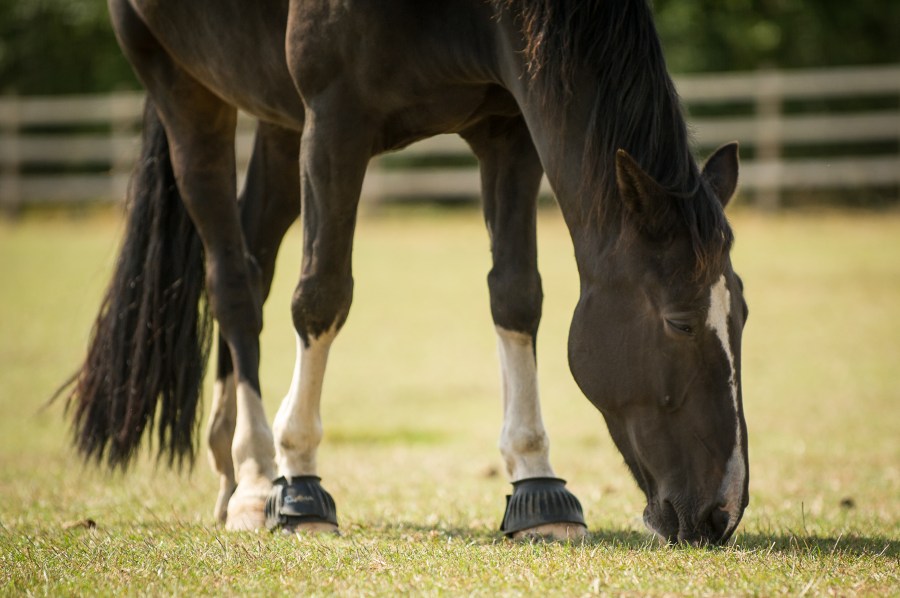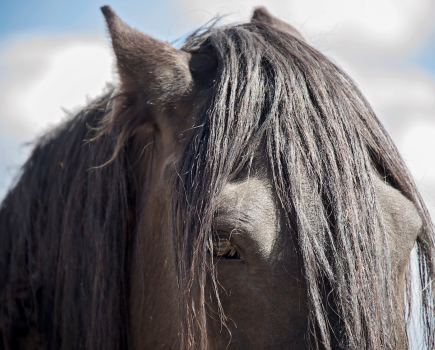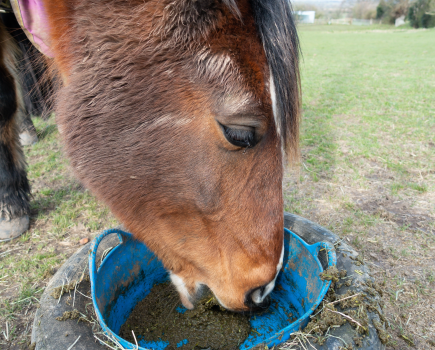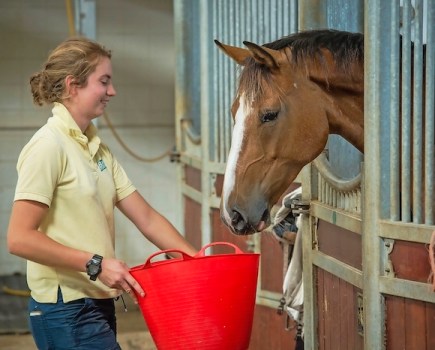In partnership with SPILLERS™
Whether your goal is to help a horse lose weight or maintain a healthy waistline, strip grazing is an effective way of achieving it. By using your field in this way you are able to continue turning your horse out while controlling the amount of grass they can eat. Doing this, alongside a healthy diet and providing plenty of exercise, makes for an effective equine weight management programme.
Strip grazing is a method of sectioning off a smaller section of the horse’s field using electric fencing. The fence is moved daily to provide gradual access to fresh grazing either with a back fence (see image A, below) or without a back fence (see image B). If used, the back fence is moved by the same amount as the lead fence to keep the over-all grazing area the same size.
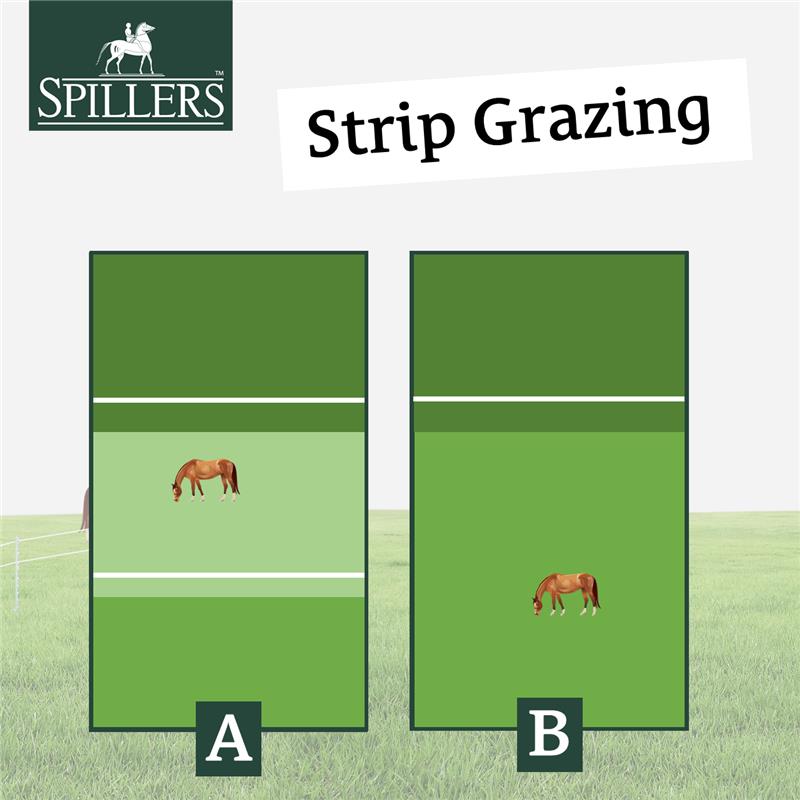
Does strip grazing really work?
Research conducted by SPILLERS™, in collaboration with Dr Annette Longland of Equine Livestock and Nutrition Services in Wales, found strip grazed ponies gained significantly less weight than ponies with free access to restricted grazing over a 28 period, regardless of whether or not a back fence was used.
Strip grazing: the research
Twelve ponies were turned out in individual paddocks for 28 days. All paddocks were 10m wide, but the length of the paddock was adjusted to be able to provide (at the start of the study) 1.5% of the ponies’ bodyweight (dry matter) in grass for 28 days.
To test the effect of strip grazing on weight gain, each pony was assigned to one of the following management practices or ‘treatments’ (4 ponies of similar height, weight and body condition per treatment):
- Total allowance
After a two-day adaptation period ponies were given access to their whole paddock - Strip grazing without a back fence
After a two-day adaptation period, the ‘lead fence’ was moved 1/26th of the remaining length of the paddock per day to provide controlled access to fresh grass - Strip grazing with a back fence
After a 2-day adaptation period the lead fence and a ‘back fence’ was moved by 1/26th of the remaining length per day to allow fresh access to grass without increasing size of grazing area
Strip grazing in practice
In practice, how far you should move the fence — and possibly whether a back fence may be beneficial — will depend on many factors. These include:
- The size of the field and how many horses are turned out in it
- The weight/body condition of the horse(s)
- The quality and quantity of grass available
- The rate of grass growth
Done correctly, strip grazing can help your horse or pony achieve and maintain a healthy weight, which is essential for their ongoing health and happiness.
Monitoring your horse/ pony’s weight and body condition regularly will help you to assess whether any changes may be needed. For more specific advice, you can contact the SPILLERS™ Care-line on 01908 226626 or visit www.spillers-feeds.com
![]() Have you heard about Your Horse’s #FitNotFat campaign? Equine obesity is an enormous welfare problem and we’re on a mission to provide owners and riders with the knowledge, skills and information you need to keep your horse in tip-top health. It could be life saving! Find out more
Have you heard about Your Horse’s #FitNotFat campaign? Equine obesity is an enormous welfare problem and we’re on a mission to provide owners and riders with the knowledge, skills and information you need to keep your horse in tip-top health. It could be life saving! Find out more

